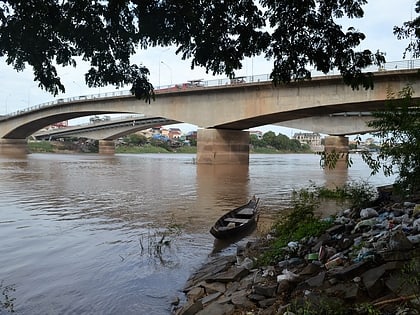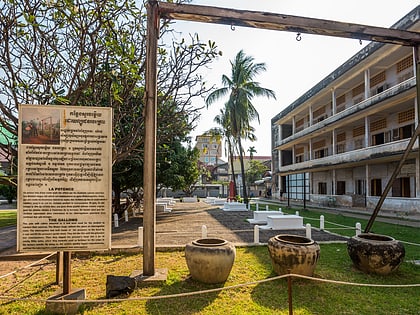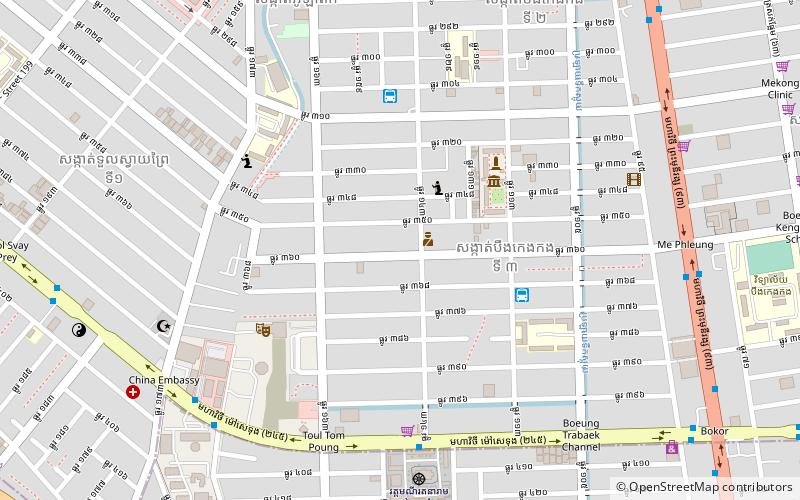Monivong Bridge, Phnom Penh
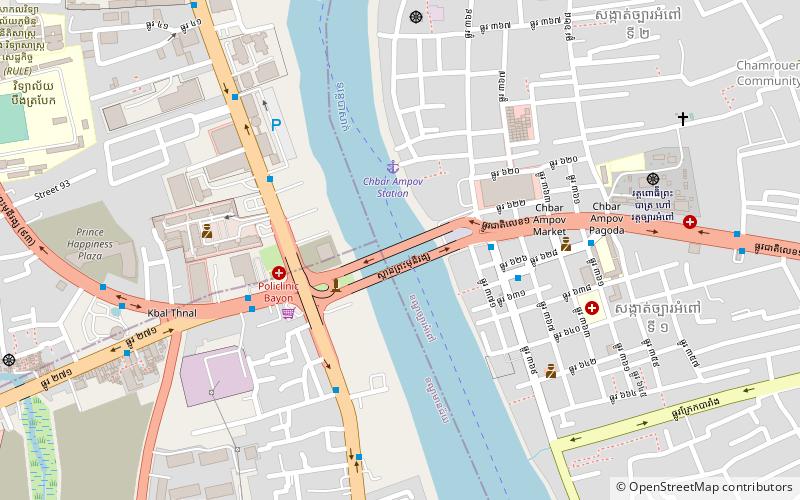
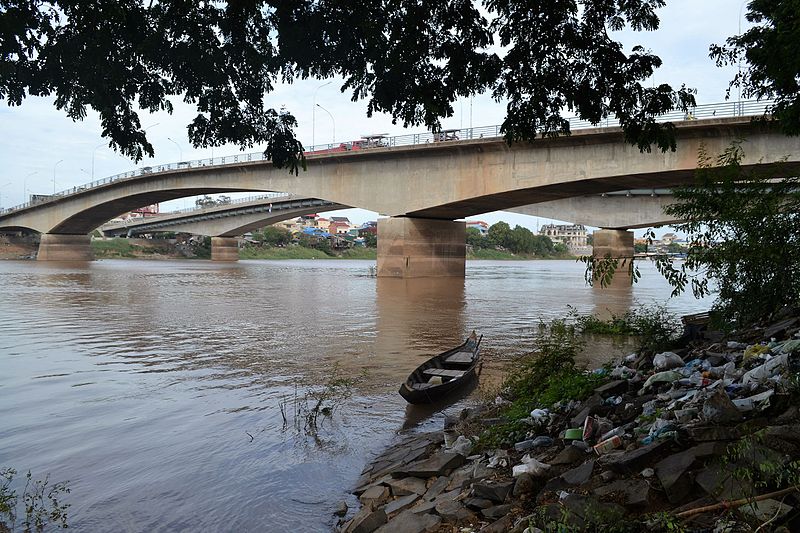
Facts and practical information
Monivong Bridge stands as a vital artery in the bustling city of Phnom Penh, Cambodia, connecting the city's central districts to the southern parts of the capital and beyond. This significant infrastructure, more than just a feat of engineering, offers a glimpse into the city's daily life and its rapid development.
Constructed to facilitate the flow of traffic and commerce, Monivong Bridge spans the broad expanse of the Bassac River, a tributary of the mighty Mekong. Named after King Monivong of Cambodia, who reigned from 1927 to 1941, the bridge has become an integral part of Phnom Penh's landscape.
The structure of Monivong Bridge is not only practical but also aesthetically pleasing. Its design reflects the blend of functionality and the architectural style that is prevalent in the region. Although it may not boast the same historical grandeur as some of Cambodia's ancient temples, it plays a crucial role in the city's infrastructure.
Monivong Bridge is a hub of activity at all hours, with a constant stream of motorbikes, cars, and pedestrians making their way across. It is a testament to the city's growth and the increasing demands of urban mobility. The bridge also offers views of the river, providing a moment of scenic respite amidst the urban hustle.
While it may not be a traditional tourist attraction, Monivong Bridge is a landmark that offers insight into the heart of Phnom Penh. It represents the city's progress and its connection to the surrounding regions, making it an essential part of the city's fabric.
Phnom Penh
Monivong Bridge – popular in the area (distance from the attraction)
Nearby attractions include: Tuol Sleng Genocide Museum, Khan Boeng Keng Kang, Phsar Toul Tom Poung, Ice Park Cambodia.
Frequently Asked Questions (FAQ)
How to get to Monivong Bridge by public transport?
Bus
- Stop 68 - Chbar Ampov Bus Terminal - Bus Line 07 • Lines: 7 (5 min walk)
- Ministry of Culture and Fine Arts • Lines: 2 (6 min walk)
